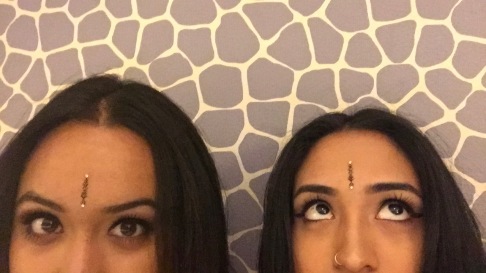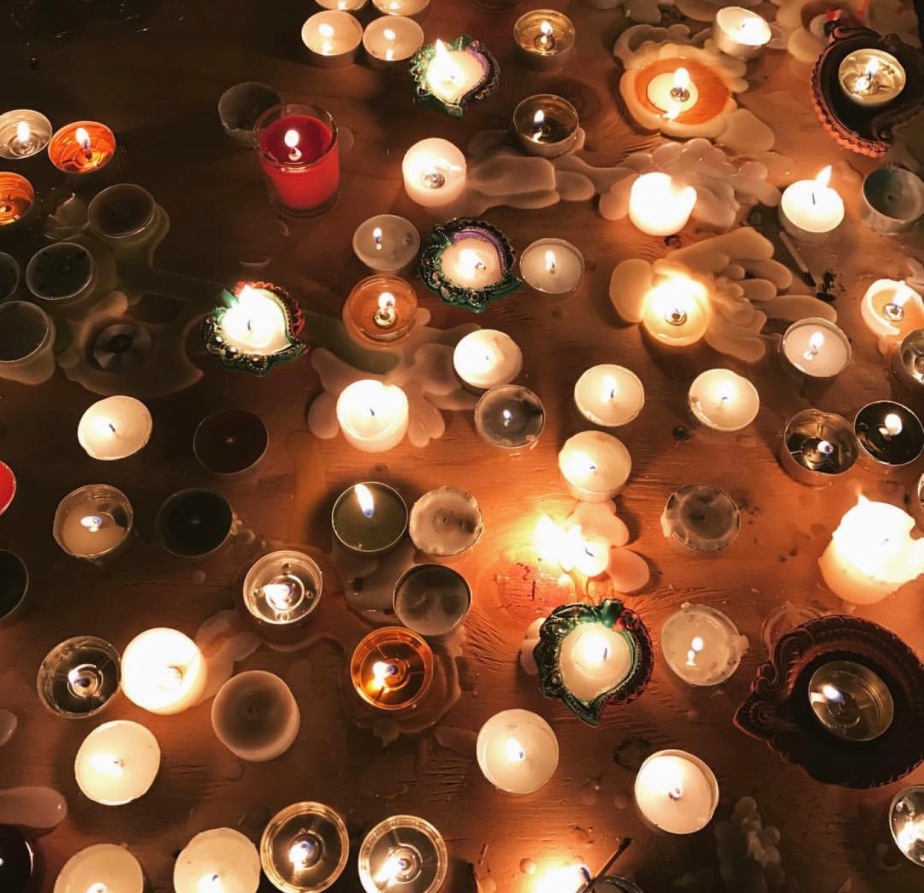
#ReclaimTheBindi
By: Bani Ghai [4.16.15]
With festival season around the corner and Coachella at our fingertips, there have been conversations arising within the South Indian community that question the intertwined usage of Indian culture— such as the bindi as common festival wear, especially on those unaware of the religious/traditional significance.
“Reclaim the Bindi” is an audacious, modern movement that sheds light upon and calls for a termination to the use of cultural, religious and spiritual clothing, accessories and decorations by people who do not identify with those whom these articles or decor are sacred, significant and carry sentimental value to.
This is an issue of cultural appropriation rather than ignorance. “Cultural appropriation is the adoption of elements of one culture by members of a different cultural group, especially if the adoption is without the consent of the originating culture, and when the appropriating group has historically oppressed members of the originating culture.”
Recently, the Tumblr page has picked up a lot of heat. Women have been posting photos with caption as, “#ReclaimTheBindi” so that this cause would go viral and people would be able to see that Indian culture and heritage isn’t an accessory that can be casually displayed out of ignorance.
On the main line of the Tumblr page, the first thing written is: “An attempt to reclaim our culture from those who have taken it from us” (http://reclaimthebindi.tumblr.com/)
As a young woman who has grown up surrounded and influenced by Indian culture, I am able to understand and empathize with the cause. However, I can’t help but feel as if it is a bit extreme to say we need to “reclaim” our culture—almost making the movement appear as a threat on our grasp of our own cultural identity. Yes, the bindi is a huge identifying factor to the South Asian community and it stings when ignorance overshadows education on our culture. But, how can we expect others to know better if we are ridiculing misbehavior rather than re-educating and constructively fixing that behavior?
Sometimes I think: we should feel proud that celebrities and those around us want to be Desi like us— wear bindis, bangles and salwars. I have always been told to never feel mad that someone is copying me, rather feel honored that they would like to empathize on a certain wavelength of identity. Inspirations from other cultures are automatically assumed in our daily lives today. We are living in a world where the line between cultural appropriation and appreciation dance on a fine line of differences. But putting on a bindi certainly doesn’t grant someone an in on the desi identity. The discomfort with cultural appropriation comes from the fact that the journey to that specific identity is disregarded and only the end result is highlighted; thus making it a commodified rather than shared experience.
Growing up as a dar skinned girl with a turbaned Sikh father, I was always judged by my peers because of where I came from and what I looked like; I never let that phase me though. I embraced opportunities such as dressing up as an “Indian Princess” for Halloween because I thought it would help me show my peers who I am so that perhaps my life wouldn’t seem so foreign. When my friends asked to wear my lehangas and be an Indian Princess too, I would proudly give them my sparkling outfit and dress them up. Understanding different culture is a journey; it doesn’t happen overnight.
People are naturally amused by what they know little of. If I put myself in someone else’s shoes, I would be intrigued by my culture as well. No lie, it’s the vibrancy that makes others want to be associated with it. We, intersectional humans, are something for the South Asian community to be proud of and embrace in a world like today’s. A baby step towards more cultural awareness. I’m not playing devil’s advocate, but you have to be the cat and the mouse in order to play the game of cultural appropriation.
Being culturally and racially embraced is better than being culturally and racially stereotyped.
My culture is not a costume. My family’s traditions were never exchanged for anything. They are not the spoils of imperial culture war. But they can still be celebrated and embraced by those that wish to express themselves in ways other than what we consider socially acceptable. They aren’t abusing our culture, they’re adapting to it; let’s help them understand.



 Racial profiling in security systems at airports today exists under the pen-name better known as “random check.” After the terrorist attacks of 9/11, the security at airports and many other facilities has been upgraded and tightened to ensure the “safety” of people. But the real question here is: how safe is this truly keeping us?
Racial profiling in security systems at airports today exists under the pen-name better known as “random check.” After the terrorist attacks of 9/11, the security at airports and many other facilities has been upgraded and tightened to ensure the “safety” of people. But the real question here is: how safe is this truly keeping us?